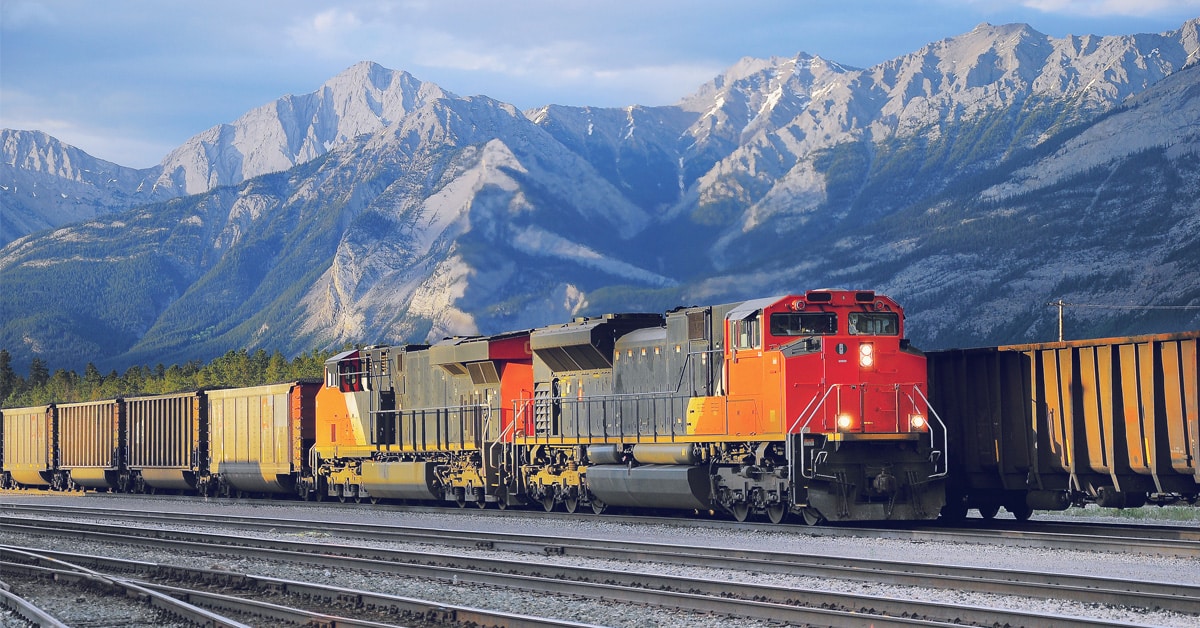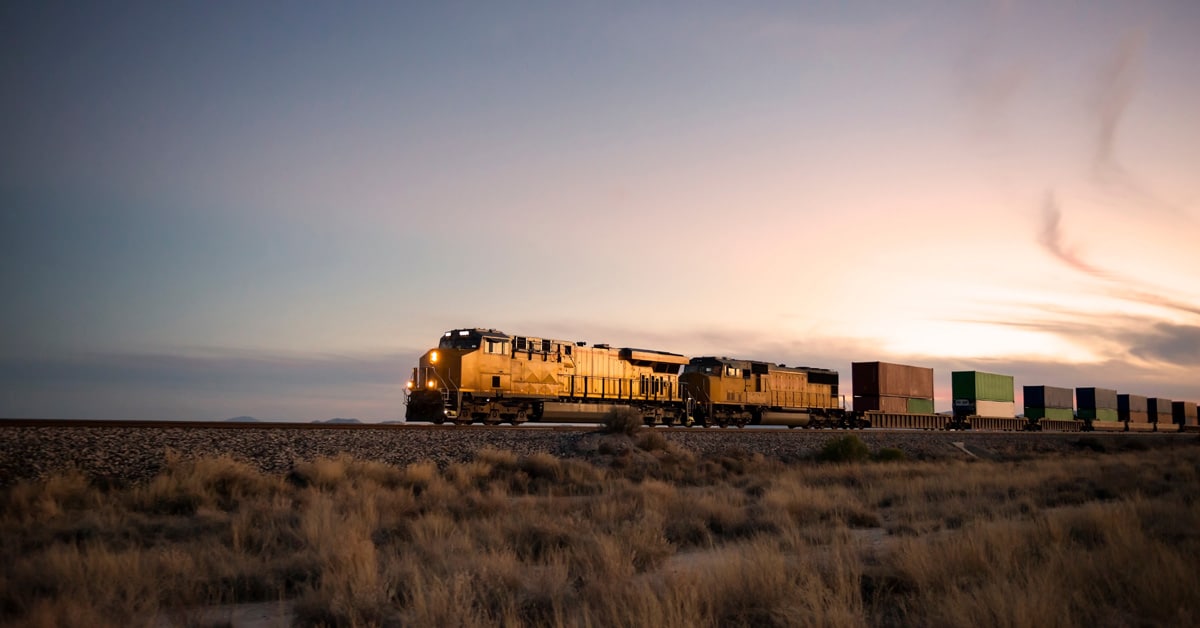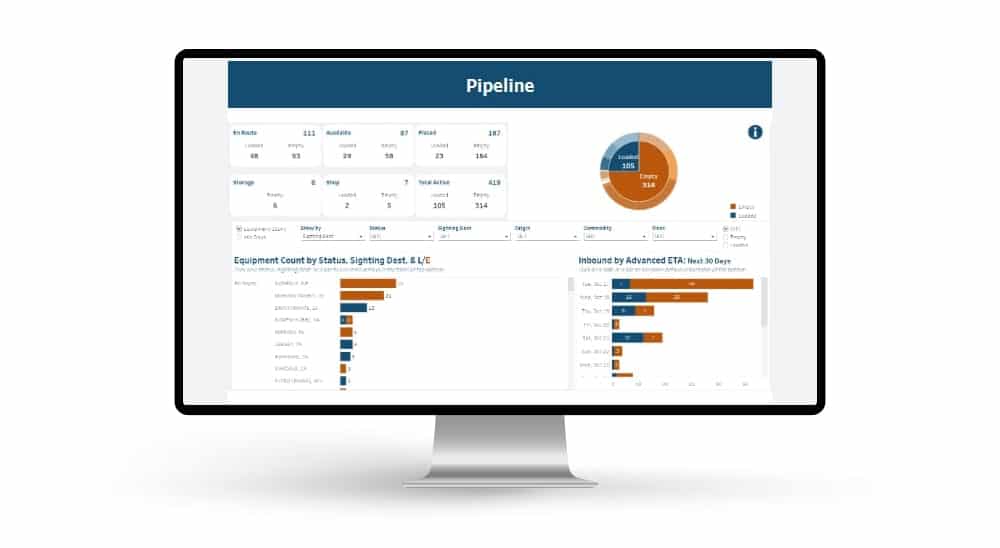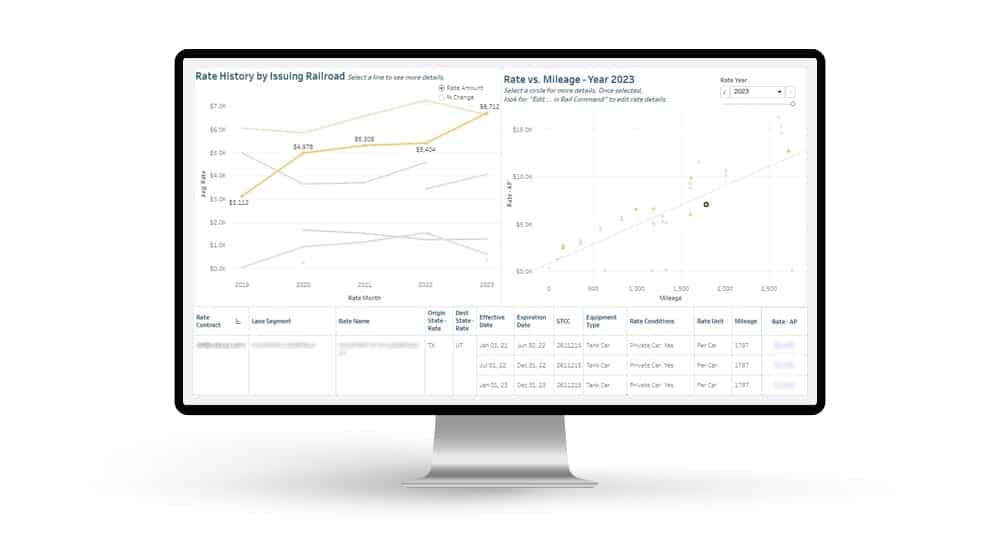The recent merger between Canadian Pacific Railway (CPRS) and the Kansas City Southern (KCS) has been making headlines, marking a transformative moment in the North American rail industry. This union promises to enhance efficiency, expand service offerings, and generate significant benefits for rail shippers. In this blog post, we will delve into the details of the merger, the historical journey of the union, and explore the potential advantages it brings to the table for rail shippers.
- Background
- KCS and CPRS Information
- Historical Timeline
- Benefits to Rail Shippers
- Enhanced Connectivity and Expanded Market Reach
- Improved Operational Efficiency
- Cost Savings
- Environmental Benefits
- Investment in Infrastructure and Technology
Background
KCS and CPRS Information
KCS and CPRS are two prominent North American Class I railroads. KCS operates primarily in the central and southern United States, Mexico, while CPRS covers Canada and parts of the northern United States. The merger between these two Class 1 railroads creates a combined entity, known as Canadian Pacific Kansas City (CPKC), which now spans over 20,000 miles of rail across the United States, Mexico, and Canada.
Merger History
March 21, 2021
CPRS and KCS announced they have entered into a merger agreement with each other.
April 20, 2021
Canadian National (CN) announced they have made a bid to merge with KCS instead of the CPRS.
April 23, 2021
The government entity the Surface Transportation Board (STB) announced that they will review the proposed merger of the CN and KCS.
April 29, 2021
We took a look at the competition between the two Canadian railroad’s bids.
May 13, 2021
CN revised the offer to the KCS to compete with the CPRS. The KCS deemed the CN proposal “superior” to the CPRS and the KCS notified the CPRS that it intended to terminate their merger agreement.
May 21, 2021
KCS announced that it terminated the CPRS merger agreement and entered into a merger agreement with CN. KCS paid CPRS a breakup fee of $700 million, which was to be reimbursed by CN. CPRS announced their intent to file an application with the STB, seeking authority to control KCS.
May 26, 2021
CN and KCS filed a renewed motion with the STB for its voting trust to advance the CN-KCS merger, outlining the case for approval.
June 23, 2021
The National Industrial Transportation League (NITL) advised that the CN asked them for their support of the proposed CN-KCS merger and Voting Trust. Similarly, the CPRS asked the NITL to oppose the CN Voting Trust and to endorse their proposed CPRS-KCS merger. The NITL recommended several actions to enhance competition regardless of the outcome of the merger, and strongly favored a review of the merger by the STB.
August 31, 2021
The STB announced a unanimous decision to reject the use of a voting trust agreement in connection with the proposed transaction between CN and KCS. The Board determined that the proposed voting trust was not consistent with the public interest standard under the Board’s merger regulations.
September 12, 2021
After the decision by the STB to reject the use of a voting trust, the KCS accepted the CP merger offer. This acceptance of the CPRS’ offer initiated plans to terminate the merger agreement with the CN, giving the CN five days to respond to the KCS.
September 15, 2021
The CN announced that they chose not to pursue their merger attempt; with this decision the merger agreement between the CN and KCS was cancelled.
November 19, 2021
The Union Pacific (UP) submitted a petition to the STB to reject the application for the CPRS to acquire the KCS.
March 15, 2023
The STB approved the CPRS-KCS merger.
Benefits to Rail Shippers
Enhanced Connectivity and Expanded Market Reach
The merger of KCS and CPRS significantly expands the combined network’s reach, creating an end-to-end railway system that connects key markets across North America. The result is a seamless rail connection between the major economic regions of the continent, including the U.S. Midwest, Gulf Coast, Canadian Prairies, and Mexican industrial areas. For shippers, this translates into increased access to more markets, reduced transit times, and greater flexibility in shipping routes.
Improved Operational Efficiency
One of the critical benefits of the KCS and CPRS merger is the potential for enhanced operational efficiency. With a unified network and better coordination, the newly formed CPKC will optimize resources and creates a single-line service spanning Canada, the United States and Mexico. As a result, rail shippers can expect improved service quality, faster shipment processing, and more reliable delivery times.
Cost Savings
The merger is expected to generate cost savings for both the railroads and shippers. By consolidating resources and increasing operational efficiency, CPKC can offer more competitive pricing and reduce the overall cost of shipping. In turn, shippers can enjoy lower transportation costs, helping businesses thrive in an increasingly competitive global market.
Environmental Benefits
With the KCS and CPRS merger, rail shippers stand to benefit from the environmental advantages of rail transportation. Railroads are one of the most fuel-efficient and sustainable modes of freight transportation, and the CPKC network will facilitate increased use of rail for long-haul shipments. By reducing the need for truck transportation, shippers can contribute to lower greenhouse gas emissions, reduced traffic congestion, and improved air quality.
Investment in Infrastructure and Technology
The merger between KCS and CPRS will likely lead to significant investments in infrastructure and technology. The combined entity will be in a better position to invest in modernizing rail infrastructure, upgrading facilities, and adopting cutting-edge technologies to improve service and efficiency. These investments will not only benefit the railroads themselves but also create more opportunities and better services for shippers.
The KCS and CPRS merger ushers in a new era for the North American rail industry, with rail shippers standing to gain numerous benefits from the consolidation. With enhanced connectivity, improved efficiency, cost savings, environmental advantages, and investments in infrastructure and technology, the merger sets the stage for a brighter future for rail transportation across the continent. As the new CPKC network continues to evolve and grow, shippers can look forward to reaping the rewards of a more connected, efficient, and sustainable rail system.



 Automated exception reporting of the railcar tracking data makes it easy to identify and troubleshoot jeopardized shipments, thereby enabling you to provide better service to your stakeholders.
Automated exception reporting of the railcar tracking data makes it easy to identify and troubleshoot jeopardized shipments, thereby enabling you to provide better service to your stakeholders. Receive notification of pending rate expirations. Tariff changes and fuel surcharges can be automatically updated.
Receive notification of pending rate expirations. Tariff changes and fuel surcharges can be automatically updated.